
Perhaps one of the most difficult aspects of the recent recession was the sudden evaporation of credit from major banks and lending institutions. The logic behind it was understandable: too much easy credit had led, in part, to the collapse that stunned the nation and then the world starting in 2008. Although the New York housing market was less affected than that of other states such as Florida and Nevada, it still felt the shifts. Among the repercussions was a new set of regulations issued in February 2010 by the Federal Housing Administration (FHA) which created a number of requirements for any building that wished to accept FHA-backed mortgage loans.
A Bit of Background
The Federal Housing Administration was born during the Great Depression, created by Congress in 1934 and absorbed by the Department of Housing and Urban Development’s (HUD) Office of Housing in 1965. The main purpose of the FHA is to provide mortgage insurance on loans made by FHA-approved lenders throughout the United States and its territories. The FHA insures mortgages on single family and multifamily homes, including condominium communities. According to the FHA website, it is the largest insurer of mortgages in the world, insuring more than 34 million properties since its inception. That number currently includes 4.8 million insured single family mortgages and 13,000 insured multifamily projects.
As the FHA website explains, “FHA mortgage insurance provides lenders with protection against losses as the result of homeowners defaulting on their mortgage loans. The lenders bear less risk because FHA will pay a claim to the lender in the event of a homeowner’s default. Loans must meet certain requirements established by FHA to qualify for insurance.”
A Change in the Process
In February 2010, that list of regulations grew for condo communities with new requirements issued directly by the FHA as a result of housing situation that helped spur the recession. One requirement that has had a definite effect on New York condos is a regulation relating to a building’s reserve fund. “The guideline is that a condo development must have 10 percent of its yearly budget set aside for reserves,” says Orest Tomaselli, CEO of National Condo Advisors LLC in White Plains, a company which offers condominium project loan approval and reserve analysis services.
That means, says Tomaselli, “If a budget is $100,000, it must set aside $10,000 a year in a reserve account.” The goal behind this guideline is protective. “You don’t want a development to get into a situation where it can’t pay for necessary repairs. You’re trying to avoid special assessments.”
If a building has a repair that needs to be made and not enough money in the reserve, then every resident would have to pay that assessment. “If that assessment was really high—say, an extra $1,500 a month–that creates a financial strain and stress on the resident. People can go into foreclosure and then things get progressively worse in the building. So the FHA instituted these guidelines.”
Stephen Beer, CPA and a partner with the Manhattan-based accounting firm Czarnowski and Beer, agrees. “In this economic environment, you can’t just go to residents with an assessment. People can’t afford another ten percent.”
Because each condo development is different, the requirement has impacted each building differently. For some communities, 10 percent might be an affordable amount—in fact, they may already have been putting away more than that for previously determined projects. For other developments, though, 10 percent might be a much higher amount than they need.
“The issue,” says Tomaselli, “is that 10 percent is an arbitrary number. Sometimes it’s too much for a development to set aside and sometimes it’s way too little.”
The FHA has recognized that this might be the case in some situations. With that in mind, the administration and HUD “have stated that you can provide a reserve study and have an engineer on site to literally review and inspect every common area, every roof et cetera” to determine what repairs and replacements will be needed in the coming years. The reserve study will help the board determine that if a new boiler is going to be needed in eight years, then the community must set aside X amount of dollars of that time period to pay for that boiler. The amount determined may well be less than the 10 percent amount dictated by the FHA. In that instance, “instead of the 10 percent guideline, you can utilize that report.”
A new reserve study may also put a board in a quandary. “The survey is a wake-up call for what should be in the reserve fund,” says Beer. “Are you in better shape putting away 10 percent, or do you get a report and then find out you need 20 percent and can’t meet that?” The questions can become complicated quickly.
The Repercussions
If a development does not meet that 10 percent amount or another pre-determined and approved amount, the FHA will not insure any mortgages for that building. “If you don’t have that 10 percent, you can’t get an FHA or Fannie Mae mortgage within the development,” Tomaselli says. It is now commonplace for attorneys to make sure that sellers are disclosing to potential buyers whether or not their building is FHA approved.
Eugene Ferrara of JMA Consultants in Englewood, New Jersey says that for a number of buildings, the need to meet those FHA requirements is not so great. In fact, a significant number of his clients are not FHA-compliant. “Only condos needing FHA funding would be impacted by these requirements,” he says. “Higher end condos would not be affected.”
For the majority of properties however, the question becomes one of resale. “People don’t want to buy units that they can’t sell,” says Tomaselli. “Unless people come to a development with cash, they can’t buy. Or if you can, you need large down payments of 30 to 40 percent.” Although some people might pursue a purchase in a non FHA-approved building, “you’re literally taking money and burning it,” says Tomaselli. “If there’s no liquidity within that site, you have to be a buyer who absolutely knows you’re not going to sell that unit in the future. No one can say that.”
It is not just a new sale that can get thrown for a loop in a non-approved building. Refinances for current residents are also impacted. Beer says he has seen many instances of residents attempting to refinance their mortgage only to see it fall through because the building has not met FHA requirements. “So we end up scrambling to help people so their refi’s don’t fall through or so their sale will go through,” Beer says. It can become an incredible stress on residents who have more than enough to handle.
Strategize and Plan
The best way to avoid these issues is simply to plan ahead and tackle the regulations head on. Beer works with his clients to ensure that they are not only meeting FHA eligibility requirements, but the requirements of the banks through whom FHA is working. For some buildings, these requirements came to light after their 2010 and 2011 budgets were already in place. Finding the extra money in a year when heating and snow removal costs skyrocketed can be a challenge, but one that can be met with the right guidance.
Tomaselli recommends that “boards should be talking to their attorneys.” The process for winning approval can be a long one. The board will need to prepare documents for lenders, prepare a new budget, hire a professional engineer to prepare the reserve study—it’s not an easy road to travel, but professional assistance can make it a bit easier.
It is also important, Tomaselli says, to keep residents informed. After all, it is their property and their financial future that is most tied up in this process. “My first advice is always for the community to get together and discuss this. Let owners know where they are in the process and what’s going on. Provide training and education for residents.”
Will these FHA guidelines change again in the future? Possibly. “If [the FHA and Fannie Mae] finds itself issuing a lot of waivers or finds that hardly anyone qualifies, it may change the rules, but it’s hard to tell,” says Beer. In the meantime, it’s better to be prepared and compliant.
Without question, the last several years have been difficult ones for condo communities and unit owners as they have struggled to overcome the recession and the national bursting of the housing bubble. While the Federal Housing Administration’s 10 percent rule may be causing some financial stress as buildings try to shore up their bottom lines, the ultimate goal is to provide a more stable future for residents, seeking to reduce unexpected assessments. As with most things in life, a little bit of preparation will go a long way, not only in meeting FHA requirements but in ensuring a healthier tomorrow for condo communities throughout New York.
Liz Lent is a freelance writer and a frequent contributor to The Cooperator.



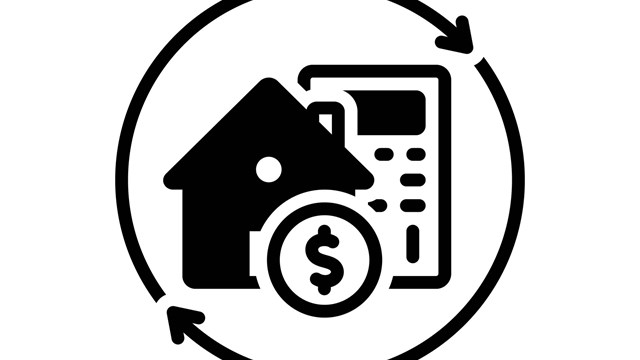
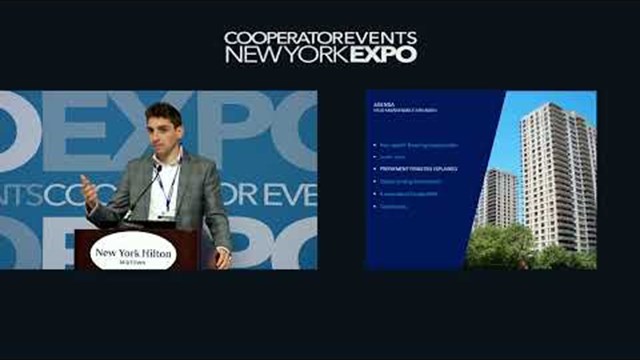
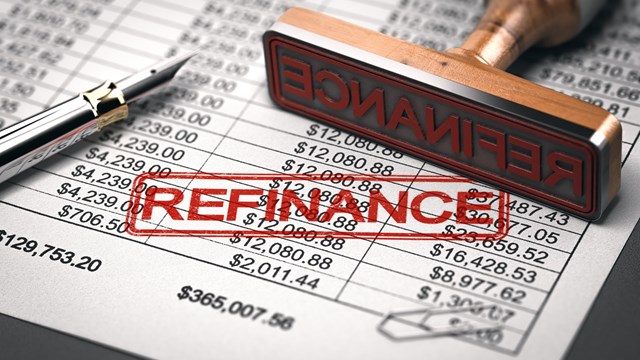
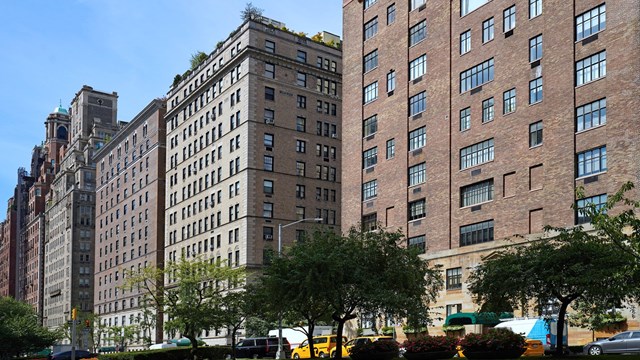
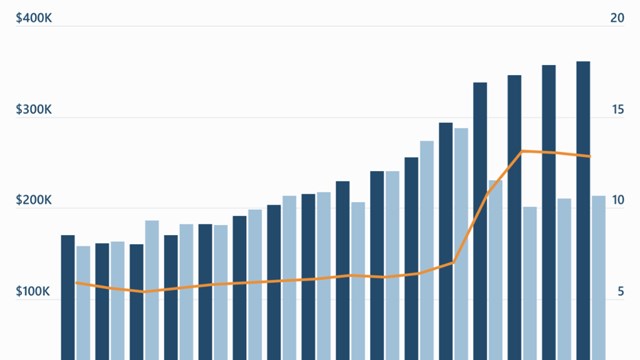

Comments
Leave a Comment